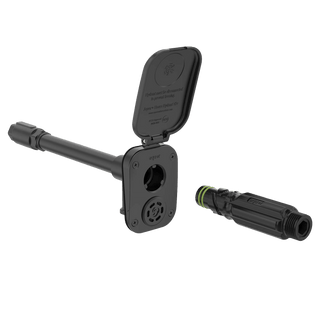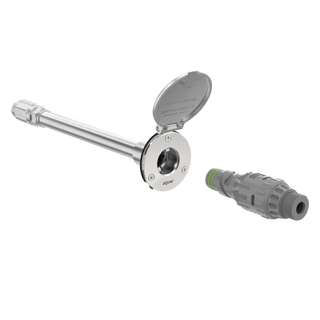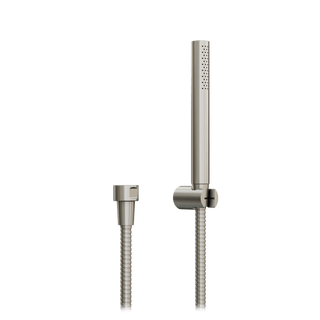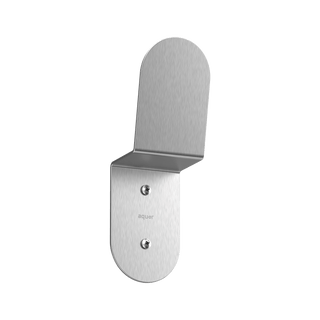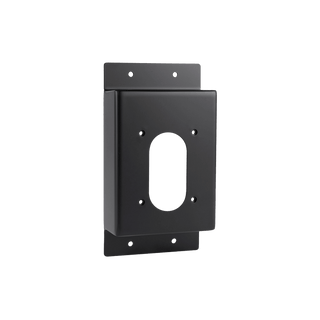Best Practices for New Construction: Fiber Cement Lap Siding
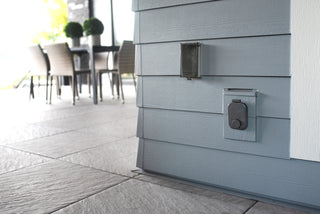
When building new construction with clapboard or lap siding, we recommend using a mounting block.
Tip: Use a mounting block
A mounting block provides a flat, sturdy surface ideal for wall hydrants. They're also commonly used for lights, vents, and other exterior fixtures.
They are many generic mounting blocks available, or you can easily fabricate them on the job site.
The surface of the mounting block should be flat and level. It should sit just proud of the siding.
The mounting block should be weatherproofed to your rainscreen layer with a flashing or sealant.

Pro-Tip: Hidden fasteners
In the photo above, note there are no fasteners visible on the mounting block. The three mounting screws for the hydrant are being used to secure the entire assembly to the wall.
Use some liquid flashing or construction adhesive to hold the block to the wall as you drill the entry hole and mount the hydrant.
Tip: Install directly on siding

For a minimalist look, it’s possible to mount the hydrant directly to lap siding without a mounting block. Just make sure the hydrant body is still able to drain in order to ensure freeze protection.
If a mounting block is not used, consider installing a gasket-type rubber flashing (eg. Quick-Flash, Pro-Flash) on the rainscreen layer behind the siding. This provides additional weatherproofing protection.
Fiber cement lap siding is a great siding material that is highly versatile and will perform well for many years.
Choosing an Aquor Hydrant
For new homes with fiber cement lap siding, any Aquor wall hydrant will work well. The Hydrant V1+ and Hydrant V2+ are two great options.
Beyond the hydrant model and finish, your most important consideration will be the hydrant length. Each of the hydrant links above will take you to our size guide illustration.


